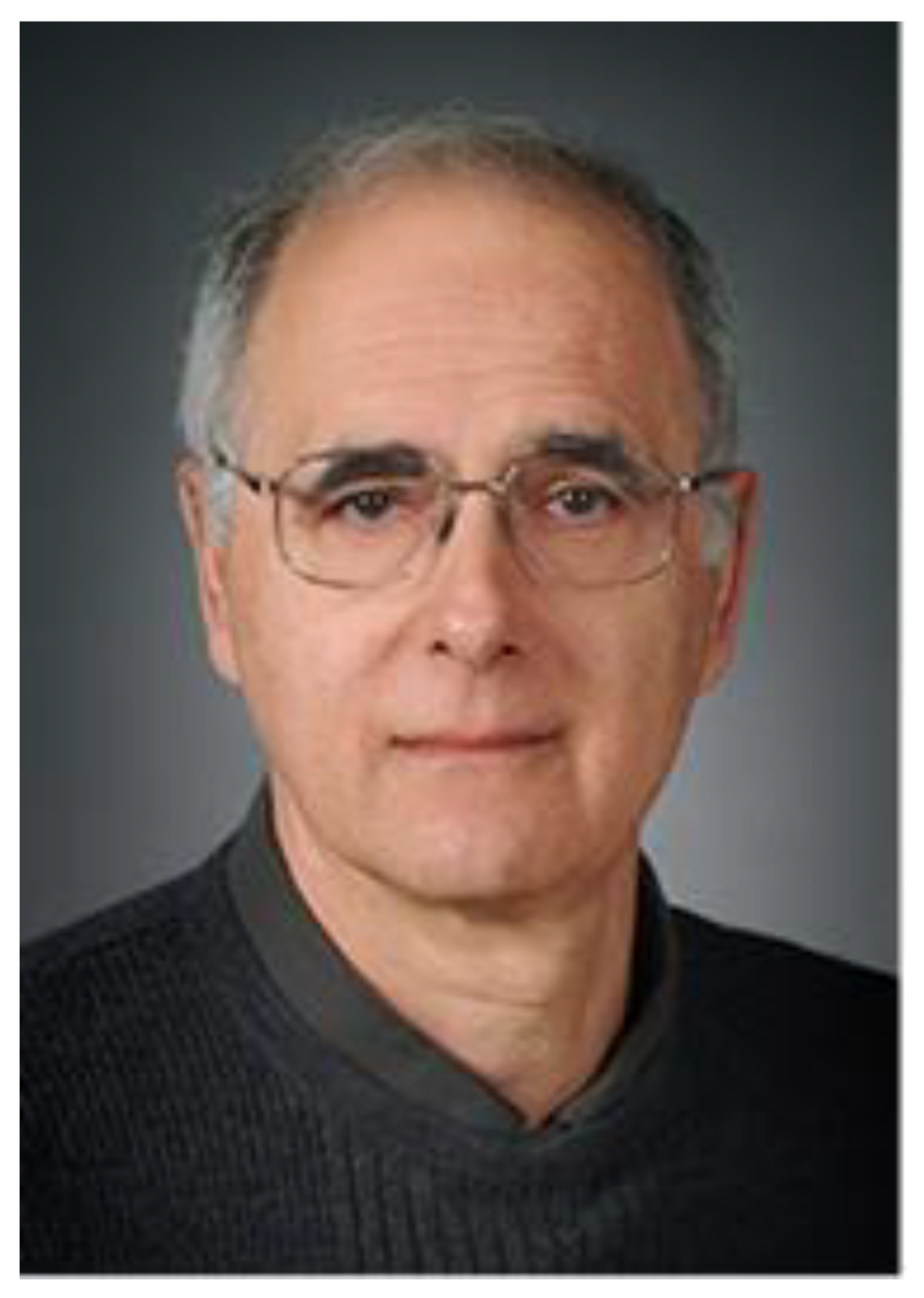Excited about Receptors
Funding
Conflicts of Interest
References
- Receptors Home Page. Available online: https://www.mdpi.com/journal/receptors (accessed on 9 May 2022).
- Oprea, T.I.; Bologa, C.G.; Brunak, S.; Campbell, A.; Gan, G.N.; Gaulton, A.; Gomez, S.M.; Guha, R.; Hersey, A.; Holmes, J.; et al. Unexplored therapeutic opportunities in the human genome. Nat. Rev. Drug Discov. 2018, 17, 317–332. [Google Scholar] [CrossRef] [PubMed]
Short Biography of Author
 | Prof. Dr. Stephen H. Safe is a Distinguished Professor at the Texas A&M’s Department of Veterinary Physiology and Pharmacology. He obtained his DPhil from Oxford University in 1965. He carried out his postdoctoral research at Oxford University and Harvard University from 1966 to 1968. He has pioneered research in the toxicological field. His laboratory was one of the earliest implementers of cell and biology techniques to investigate mechanisms of chemical toxicity. His research on receptors initially focused on toxic ligands that bound and activated the arylhydrocarbon receptor (AhR) and he went on to study selective AhR modulators that are beneficial or repurposed for the treatment of various diseases, including cancer. He has also carried out research on PPARg and its ligands and on the molecular biology of estrogen receptor alpha (ESR1), its activation and targeting. Most of his current research is focused on the development and applications of ligands for two orphan nuclear receptors, NR4A1 (Nur77) and NR4A2 (Nurr1). He has received many awards in recognition of his teaching and research. He has published five books and over 800 peer-reviewed scientific papers in leading journals. |
Publisher’s Note: MDPI stays neutral with regard to jurisdictional claims in published maps and institutional affiliations. |
© 2022 by the author. Licensee MDPI, Basel, Switzerland. This article is an open access article distributed under the terms and conditions of the Creative Commons Attribution (CC BY) license (https://creativecommons.org/licenses/by/4.0/).
Share and Cite
Safe, S. Excited about Receptors. Receptors 2022, 1, 1-2. https://doi.org/10.3390/receptors1010001
Safe S. Excited about Receptors. Receptors. 2022; 1(1):1-2. https://doi.org/10.3390/receptors1010001
Chicago/Turabian StyleSafe, Stephen. 2022. "Excited about Receptors" Receptors 1, no. 1: 1-2. https://doi.org/10.3390/receptors1010001
APA StyleSafe, S. (2022). Excited about Receptors. Receptors, 1(1), 1-2. https://doi.org/10.3390/receptors1010001




